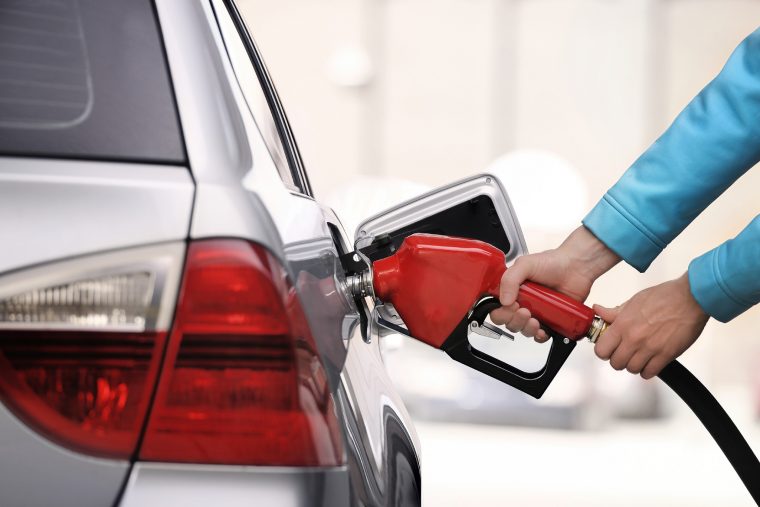When automakers release new vehicles and advertise their performance capabilities and capacities, the numbers always include fuel economy rates. These “miles per gallon” numbers show, obviously, about how many miles this car can travel on a tank of gas. These rates show how efficient the vehicle is compared to other models on the market.
How does the Environmental Protection Agency calculate fuel economy numbers and what do they actually mean?
How the EPA determines average fuel economy for new cars
The EPA has the responsibility of overseeing the rate of fuel consumption (known as the “fuel economy”) displayed on the window sticker of every new car on the market. Having only one organization in charge of testing and calculating rates ensures that consistent methods and measurements are used for every model — which certainly wouldn’t happen if every automaker were in charge of their own fuel economy calculations.
According to the U.S. Department of Energy, automakers test their vehicles in a controlled laboratory in Ann Arbor, Michigan, following government-outlined procedures. The vehicles sit on a dynamometer inside the lab. The operator in the driver’s seat spins the wheels using the dynamometer and runs the vehicle as if it were traveling in motion along a road. A hose inserted in the tailpipe measures the carbon emissions to calculate how much fuel is being burned during these exercises.
Once the automaker reports these results to the EPA, the government organization can choose to review the results with their own tests, which they do about 15-20 percent of the time. Once the data meets corporate average fuel economy standards, the estimated average in-city, in-highway, and combined city/highway driving fuel economy rates are announced. The city rate reflects stop-and-go, lower speed driving; the highway rate reflects high-speed, rarely-stopped driving; and the combined rate is a mixture of both types.
Every decade or so, the EPA updates its test measurements and conditions to reflect the changing technologies, public driving behavior, tires, and environmental conditions in the real world.
Sources: U.S. Department of Energy, U.S. Environmental Protection Agency
Aaron is unashamed to be a native Clevelander and the proud driver of a Hyundai Veloster Turbo (which recently replaced his 1995 Saturn SC-2). He gleefully utilizes his background in theater, literature, and communication to dramatically recite his own articles to nearby youth. Mr. Widmar happily resides in Dayton, Ohio with his magnificent wife, Vicki, but is often on the road with her exploring new destinations. Aaron has high aspirations for his writing career but often gets distracted pondering the profound nature of the human condition and forgets what he was writing… See more articles by Aaron.




